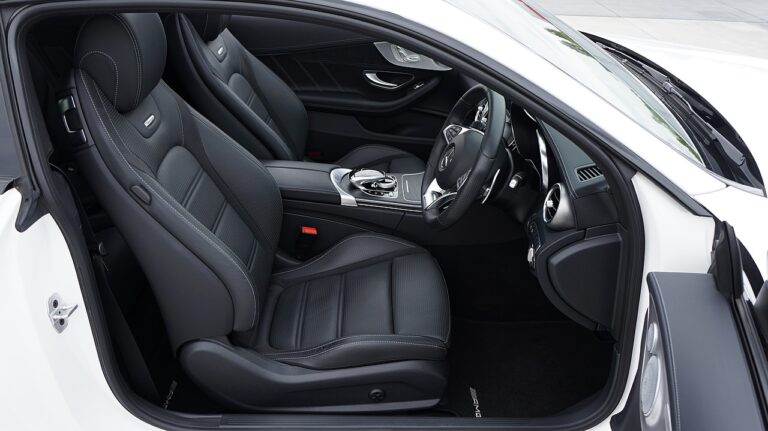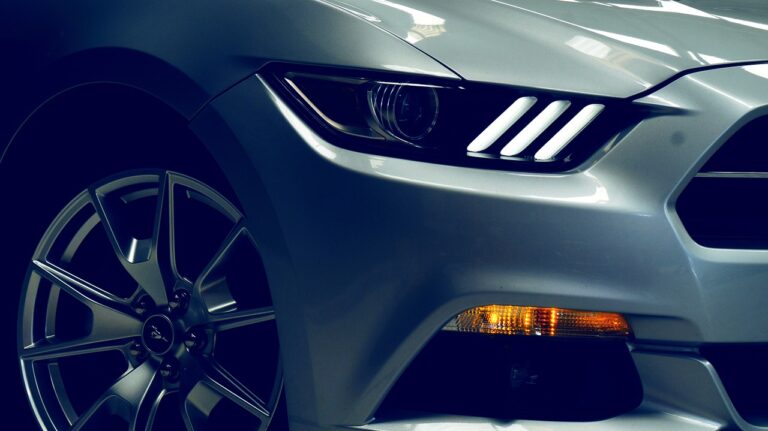The Art of Car Styling: From Sketch to Production
The evolution of automotive design can be traced back to the late 19th century when the first automobiles emerged. Initially, these vehicles were basic in their form and function, focusing primarily on mechanical performance rather than aesthetic appeal. However, as engineering advancements allowed for greater flexibility in design, car manufacturers began to prioritize the visual appeal of their products.
Throughout the 20th century, automotive design underwent significant transformations, reflecting changes in technology, culture, and consumer preferences. From the sleek and aerodynamic lines of 1930s Art Deco cars to the angular and futuristic designs of the 1980s, each era brought its own unique aesthetic to the world of automobiles. Today, automotive design continues to evolve, with a strong emphasis on sustainability, connectivity, and innovative materials shaping the cars of tomorrow.
The Role of Concept Artists in Car Styling
Concept artists play a crucial role in the world of car styling by translating ideas into visually captivating designs. Their ability to combine artistic flair with technical knowledge allows them to create initial sketches that serve as the foundation for the final product. These sketches capture the essence of the design concept and set the tone for the entire styling process.
Moreover, concept artists are adept at incorporating the latest trends and innovations in their designs, ensuring that the final product remains relevant and competitive in the ever-evolving automotive industry. Their keen eye for detail and understanding of design principles help shape the overall aesthetic appeal of a vehicle, making them invaluable members of the car styling team.
Translating Sketches into 3D Models
Car designers possess a unique talent that combines artistry and technical skills. The transition from pen and paper sketches to three-dimensional models is a critical step in the car design process. This transformation requires precision and attention to detail to bring the designer’s vision to life in a tangible form.
Once the initial sketches are finalized, digital tools and software are utilized to turn these two-dimensional drawings into realistic 3D models. Designers carefully consider proportions, curves, and details as they meticulously craft each element of the car design. These digital models allow designers to explore different angles, perspectives, and variations to refine the design before moving forward to the next stage of development.
What is the history of automotive design?
The history of automotive design dates back to the early 20th century, with the first mass-produced cars being designed in the late 19th century. Over the years, automotive design has evolved to encompass both aesthetic and functional aspects, with advancements in technology playing a crucial role in shaping the industry.
What is the role of concept artists in car styling?
Concept artists play a vital role in car styling by creating initial sketches and designs that serve as the foundation for the final product. These artists work closely with engineers and designers to bring innovative ideas to life and ensure that the aesthetic appeal of the vehicle aligns with the brand’s identity.
How are sketches translated into 3D models in automotive design?
Sketches are translated into 3D models in automotive design through a process known as digital modeling. This involves using specialized software to transform 2D sketches into three-dimensional renderings that can be viewed from all angles. Digital modeling allows designers to fine-tune the details of the design and make adjustments before moving on to the production phase.







